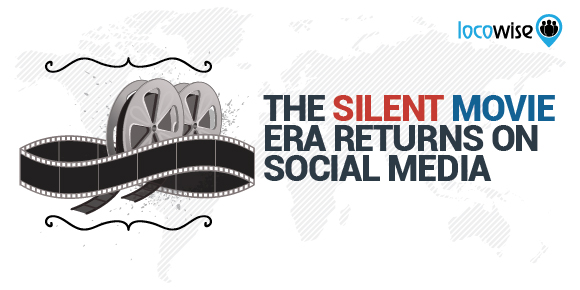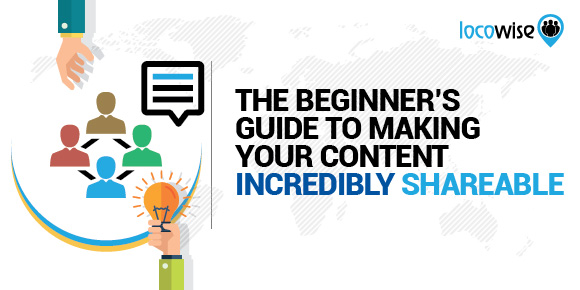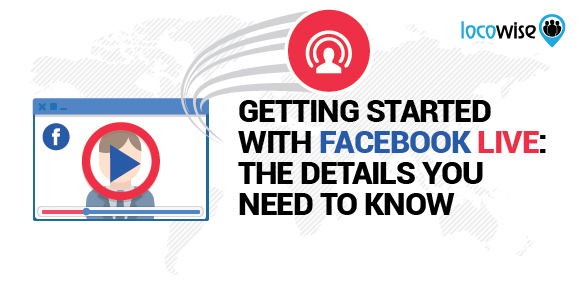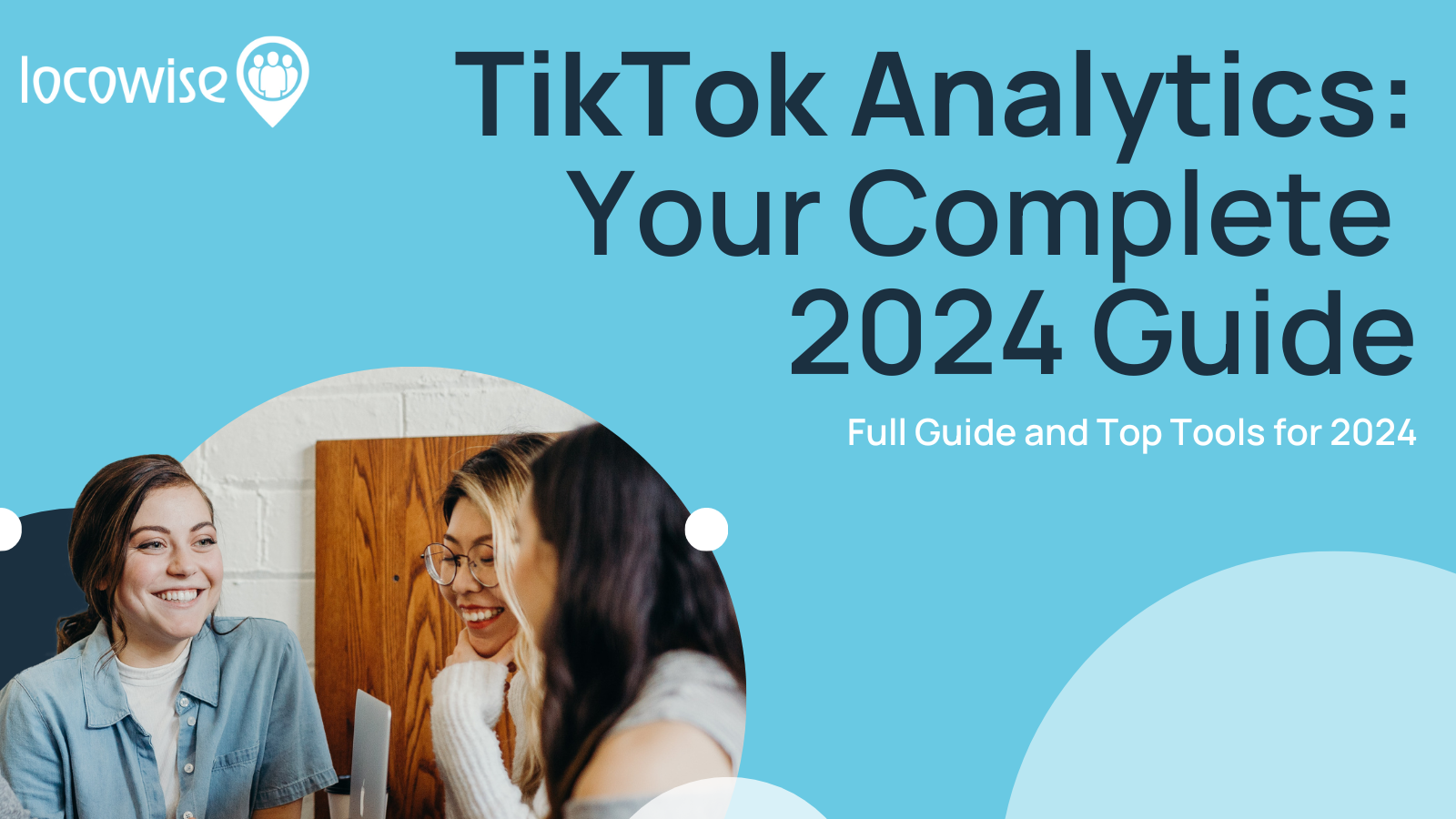The Silent Movie Era Returns On Social Media
Sahail Ashraf posted on 9 December 2016
Believe it or not, the silent movie has come back. It’s a big comeback too with the vast majority of content watched on key social media channels being viewed with the sound off. It works, and what’s more, it’s kind of becoming something that brands have to get good at.
With attention spans now shorter than they have ever been, creating video that grabs people without the need to fiddle with sound controls (or ‘work’ to watch a video) is quite possibly the way ahead.
On top of this is the huge fact that most people watch on their mobiles. They’re not likely to have the sound on because it’s antisocial. Sure, they may have their headphones on, but you can’t take that chance. You’ve got to cover all of your bases.

Is it big? Well, kind of. In our latest research on the matter we found that only 21.8% of video views are clicked to play with sound. 78.2% of all views are silent. That’s a huge chunk of what is going on. Capturing that audience with a video that works in silence now seems like a necessity. But how do you do it? What’s the special sauce that makes a silent video an effective one?
Captions help the video star
Video is a funny medium in that it is highly reliant on eye-catching visuals. In the short space of time you have to show a video and grab attention on Facebook for example (Facebook counts three seconds as a ‘view’) you need to present something that people can’t look away from.
It’s the only way to go. We’re not talking works of art, but we are thinking about stuff that makes the audience resist scrolling down through their newsfeed. And captions are the first step towards this.
You have to accept the need for captions. Captions can now be added automatically on Facebook, for example, and once they are on the video, you’ll find that people stick around. Captions have (in a slightly weird way) become a huge part of how people access video content now. Backing up what goes on screen, they help explain key concepts, or simply tell a story. They can even make your content more shareable.
However, while we’re on the captions thing, what we do recommend is the technique that involves having a caption come up first. This grabs attention and helps with the ‘three second rule’.
The three second rule is ridiculously simple, but incredibly significant. Sticking with Facebook, the company found that a viewer who watches the first three seconds of a video is likely to stick around for a little while. 65% of those who watch those first three seconds will watch ten seconds in total. A still huge 40% will watch thirty seconds.
So grabbing them within the three second window means a lot. Captions can be a big part of that initial ‘grab’. The same rule applies for Instagram too, so the message is pretty clear when it comes to getting attention.

And perhaps one of the best examples of caption usage in a long while is this one, which lets the words do the work.
Top tip: Want to really captivate your audience in those first few seconds? Consider using a question as a caption, something really thought provoking. This will ensure the audience sticks around to find out the answer.
Keeping it simple
Again, we’re looking at a situation where the audience simply doesn’t have time for deep plots and involving stories. What they really want in any video they see is a simple message, clearly conveyed.
Through your visuals and your captions, a very basic and clear idea has to come across. This means a few seconds (really) of setup, then a payoff. If you can’t tell your story through video in around ten or twenty seconds maximum you’re in trouble.
Obviously, if you’ve created the very best video around at the moment, you can enjoy thirty seconds. But you should be able to get the clear branding message out within those ten or twenty seconds. That immediacy and that simplicity are absolutely paramount to brand success.

Great Imagery
A picture is worth more than… you get the picture. Imagery is absolutely crucial to the quality of any video content, but even more so on sites like Facebook. If you’re serious about devising video content that helps market your brand you need to be certain that it disrupts.
Unless you have created content that has deliberately challenging and striking imagery, your best hope here is to go for the quality aspect. Create high quality videos that have a dedicated budget, and are able to grab the attention of viewers even on a phone’s screen.
A big part of this is colour. It is worth taking a good look at your branding colours and using those effectively in any video you present. Your audience will associate certain emotions with your brand (if they have been served by the brand in the past) and colours that are used in your logo, for example, will really help to stir those emotions in a video.
But really, the one thing that makes the big difference in video is the opening imagery. Make it delight and excite or just intrigue people and you have a video with staying power.
Create for the void and then test
Silence is here in online videos because people just don’t necessarily want others to know that they’re watching a video. So your brand needs to create content that is watchable, and understandable, with no sound on it.
And don’t forget that the clever brand always tests and measures. Review metrics consistently to ensure you know what is working and what is wasting your time. This is especially true of video which tends to tell you how it’s doing pretty quickly.
Create videos with captions and great imagery and you will find that they receive clear engagement. The modern brand online now has to make sure that the words spoken and the music playing are secondary to the text and imagery on screen.
Would you like to get your hands on metrics that allow you to know exactly what’s working with your social media? Try the free 14-day trial of Locowise. It will make your social media a whole lot easier to handle.





